How to make elderflower sparkling wine
As a prelude to summer, try making sparkling elderflower wine.
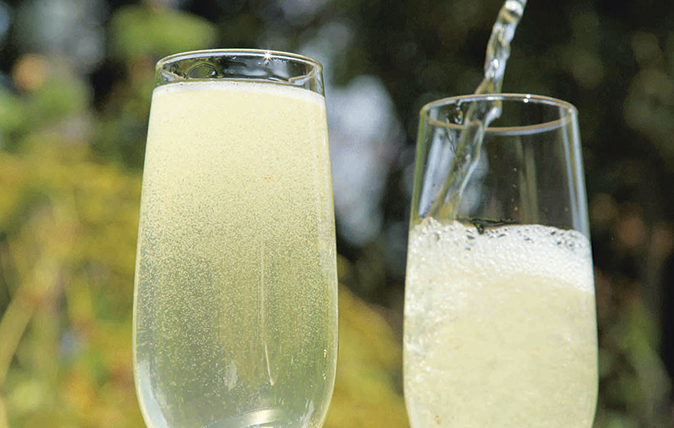

I was convinced that I was going to make my millions as a producer of elderflower fizz, but, unfortunately, during very unscientific trials in my kitchen, I came to the conclusion that it's just too unstable to make in large volumes. Realisation dawned as a dozen swing-top bottles blew their tops and foaming, sticky ‘elderflower champagne' poured all over the cellar. My advice? Stick to the excellent cordial, or, if you're making the fizz, do as Hugh Fearnley-Whittingstall does and go outside.
Elderflower cordial (makes 2.5 litres / 4½ pints)
Pick the elderflower heads on a warm afternoon, when the sun has been on them for a good few hours and their scent is mild and musty-they shouldn't be damp.
Ingredients 2.5kg caster sugar 35 elderflower heads (shake gently to get rid of any insects) 100g citric acid 2 unwaxed lemons, sliced
Method Heat two litres of water, add the sugar and stir until dissolved. Set aside to cool.
Stir the citric acid into the cooled syrup and add the elderflower heads and the sliced lemons. Place a muslin over the pan and allow to sit for at least 24 hours and up to two days, gently stirring the mixture occasionally.
Sterilise enough bottles with tightly fitting lids. Glass ones are best for keeping, plastic for freezing. Strain the cordial through a muslin and decant it into the prepared bottles-leave a little space in each bottle as the cordial will expand when frozen.
Sign up for the Country Life Newsletter
Exquisite houses, the beauty of Nature, and how to get the most from your life, straight to your inbox.
If stored in a cool, dark place, the cordial will keep for a few months. To serve, dilute it with ice-cold, sparkling water and a slice of lemon.
River Cottage sparkling elderflower wine, quick and reckless recipe (makes about six 75cl bottles)
This method for making spark-ling elderflower is the one that can result in all that collateral damage, but it's very straightforward. I've enjoyed two-year-old elderflower sparkly made this way, so even though it's rough and ready, it can keep quite well. Whenever you drink it, serve it chilled and pour carefully-there will be some sediment at the bottom of the bottle from the continued fermentation.
Ingredients 800g sugar Florets from eight elderflower sprays Pared zest and juice of four lemons Half a teaspoon yeast nutrient 5g sachet Champagne yeast
Method Dissolve the sugar in two litres of hot water in a fermenting bucket, then top it up with three litres of cold water. Allow to cool. Aerate and add the elderflower florets, lemon zest and juice and the yeast nutrient. Pitch the yeast or, if you like a bit of excitement, don't. Elderflowers come ready stocked with wild yeasts and it can be interesting to see how things turn out. Leave to ferment.
If you didn't add yeast and fermentation hasn't started after three days, then it's time to give the thing a kick-start with a packet of Champagne yeast.
After six days of fermentation, strain the must through boiled muslin into a fresh fermenting bucket, leaving the lees behind. Cover the bucket and leave for a few hours, then siphon into your bottles of choice.
Your sparkly is about ready to drink after a week and, in any case, a week is a good time to check to see how things are going. You can release a little excess pressure by easing the lid off, although this will be a little tricky if you've used Champagne bottles.
If you're still worried, put the lot in the fridge to stop the yeast making any more carbon dioxide and drink it as quickly as you can.
From ‘Booze: River Cottage Handbook No. 12' by John Wright (Bloomsbury, £14.99)
Country Life is unlike any other magazine: the only glossy weekly on the newsstand and the only magazine that has been guest-edited by HRH The King not once, but twice. It is a celebration of modern rural life and all its diverse joys and pleasures — that was first published in Queen Victoria's Diamond Jubilee year. Our eclectic mixture of witty and informative content — from the most up-to-date property news and commentary and a coveted glimpse inside some of the UK's best houses and gardens, to gardening, the arts and interior design, written by experts in their field — still cannot be found in print or online, anywhere else.
-
 Jungle temples, pet snakes and the most expensive car in the world: Country Life Quiz of the Day, April 14, 2025
Jungle temples, pet snakes and the most expensive car in the world: Country Life Quiz of the Day, April 14, 2025Mondays's quiz tests your knowledge on English kings, astronomy and fashion.
By James Fisher Published
-
 Welcome to the modern party barn, where disco balls are 'non-negotiable'
Welcome to the modern party barn, where disco balls are 'non-negotiable'A party barn is the ultimate good-time utopia, devoid of the toil of a home gym or the practicalities of a home office. Modern efforts are a world away from the draughty, hay-bales-and-a-hi-fi set-up of yesteryear.
By Annabel Dixon Published
-
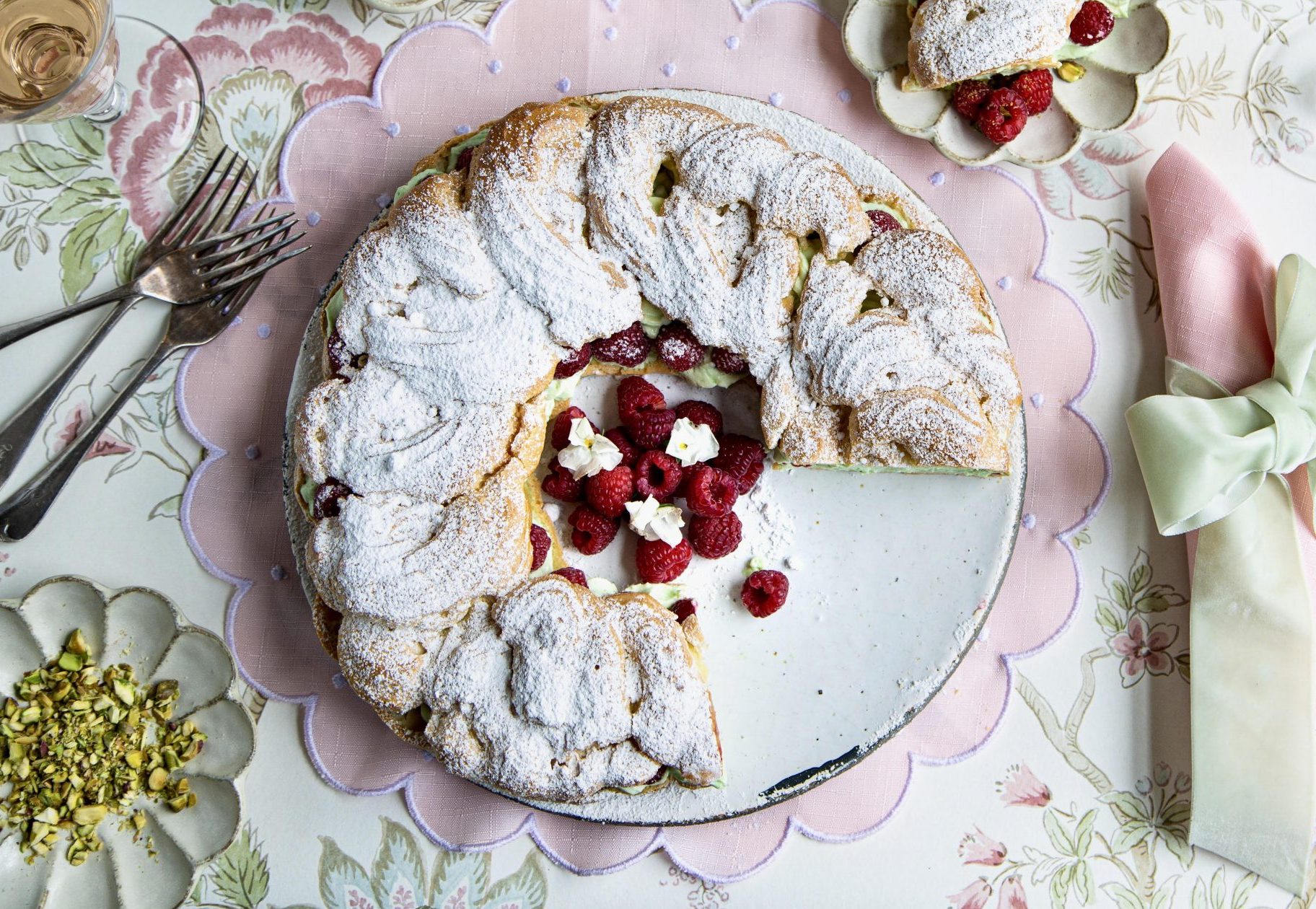 How to make raspberry-and-pistachio choux Paris-Brest, perfect with a glass of rosé
How to make raspberry-and-pistachio choux Paris-Brest, perfect with a glass of roséMelanie Johnson makes the most of juicy British berries with these sweet recipes.
By Melanie Johnson Published
-
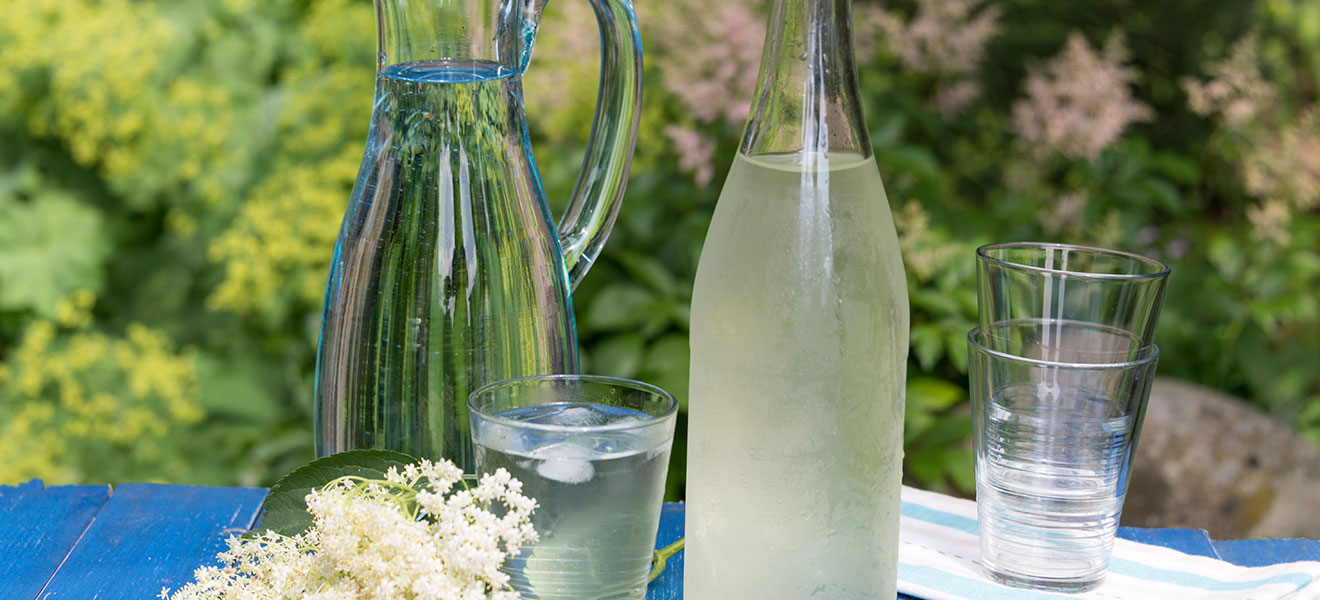 How to make elderflower cordial and wine
How to make elderflower cordial and wineThe English summer is thought to start when the elder blossoms and ends when the berries ripen. Country Life recommends some recipes for this versatile plant.
By Country Life Published
-
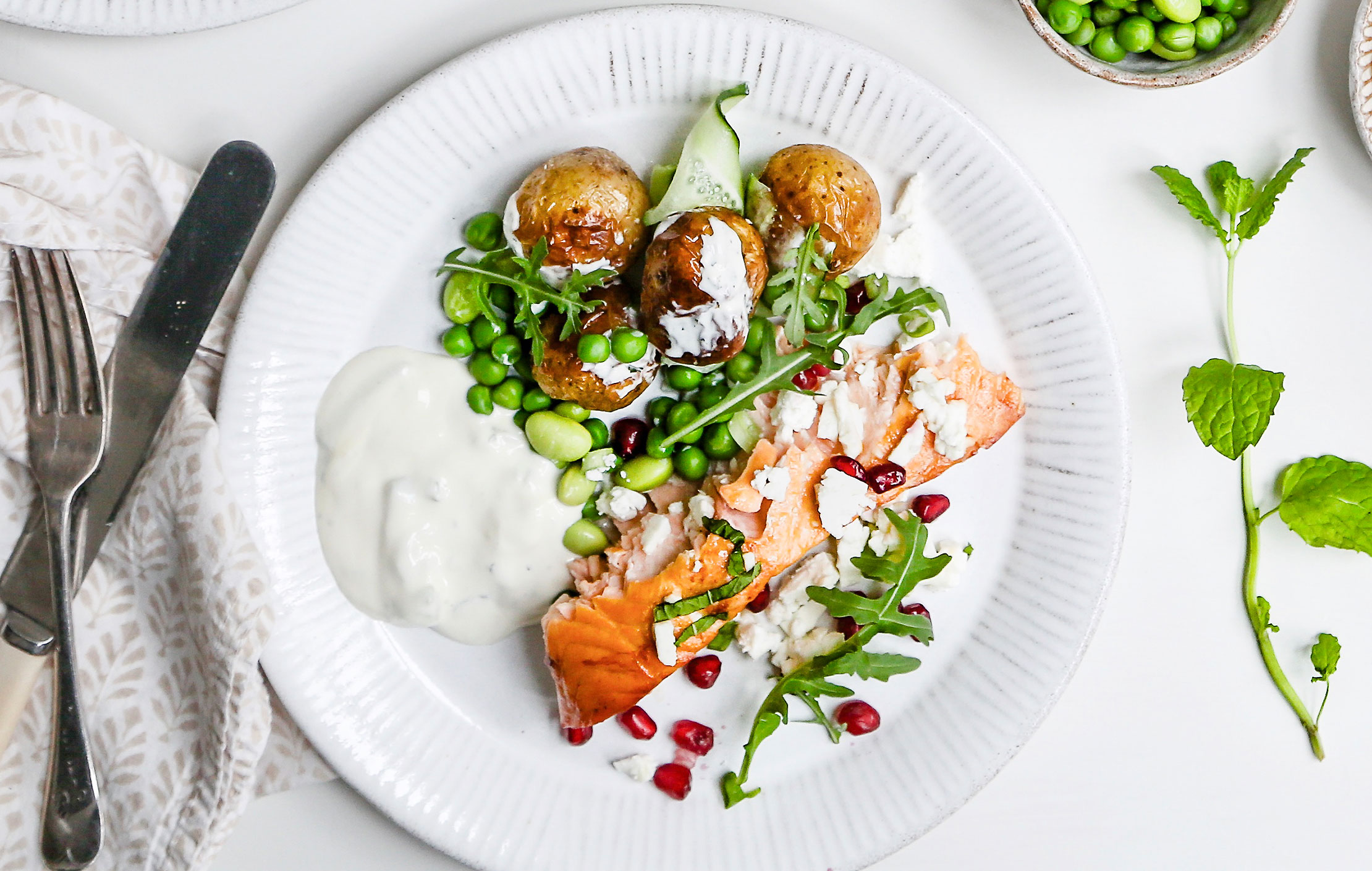 Turning the humble potato salad into a thing of beauty, with a touch of salmon and pomegranate
Turning the humble potato salad into a thing of beauty, with a touch of salmon and pomegranatePotato salad is turned into something with a real dash of panache by our kitchen garden cook Melanie Johnson.
By Toby Keel Published
-
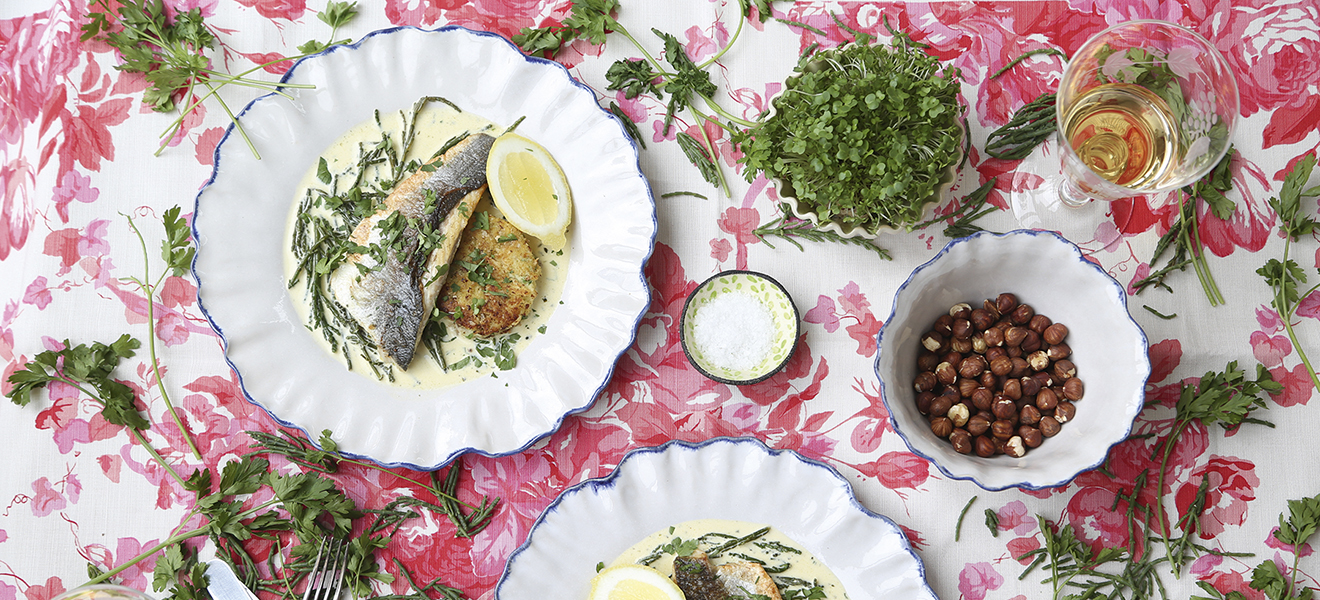 Pan-fried sea bass with caper-and-anchovy potato cakes, samphire and cream
Pan-fried sea bass with caper-and-anchovy potato cakes, samphire and creamOur kitchen garden cook reveals a delicious recipe that makes good use of seasonal samphire.
By Melanie Johnson Published
-
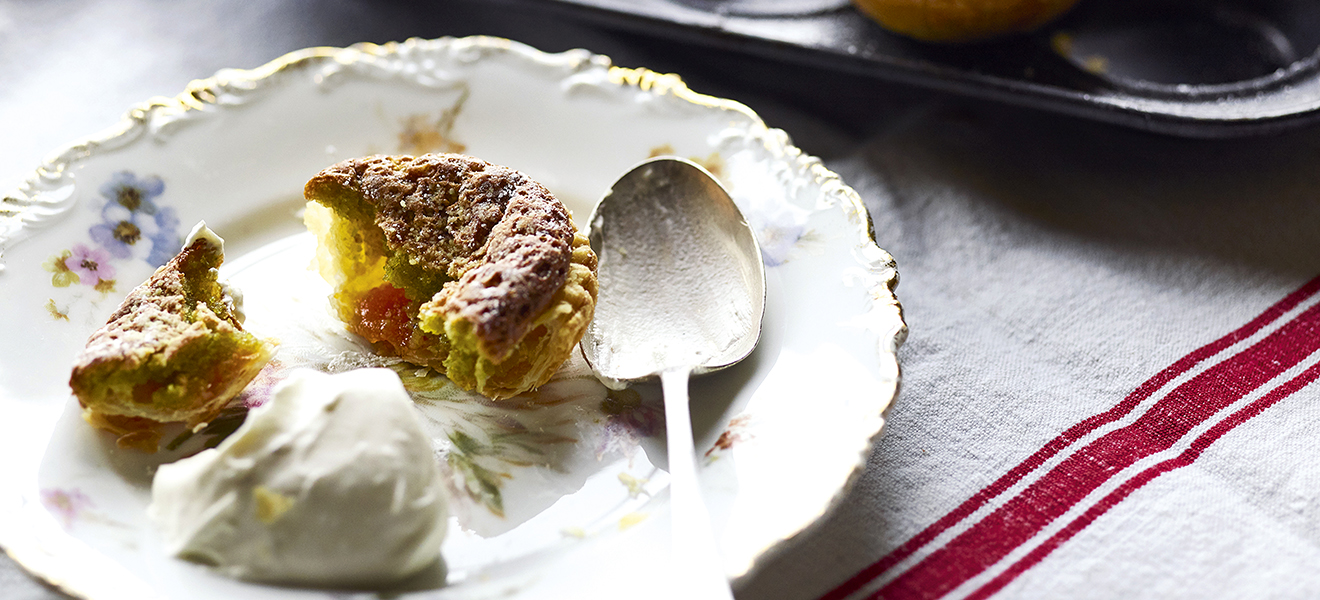 Summer pudding recipe: buttery pistachio tarts
Summer pudding recipe: buttery pistachio tartsThe very best pistachios might be costly, but they make a suitably sumptuous pudding.
By Simon Hopkinson Published
-
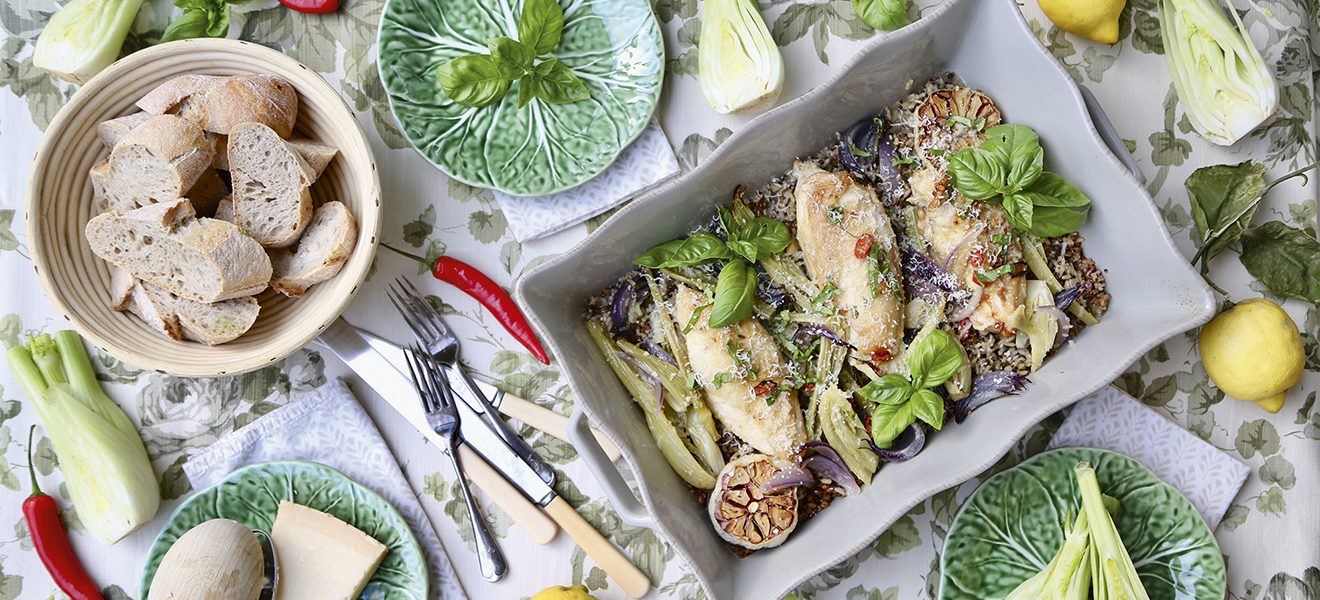 Recipe: Roast-chicken with fennel and lemon, served with red Camargue rice
Recipe: Roast-chicken with fennel and lemon, served with red Camargue riceA delicious summer supper dish from our kitchen garden cook.
By Melanie Johnson Published
-
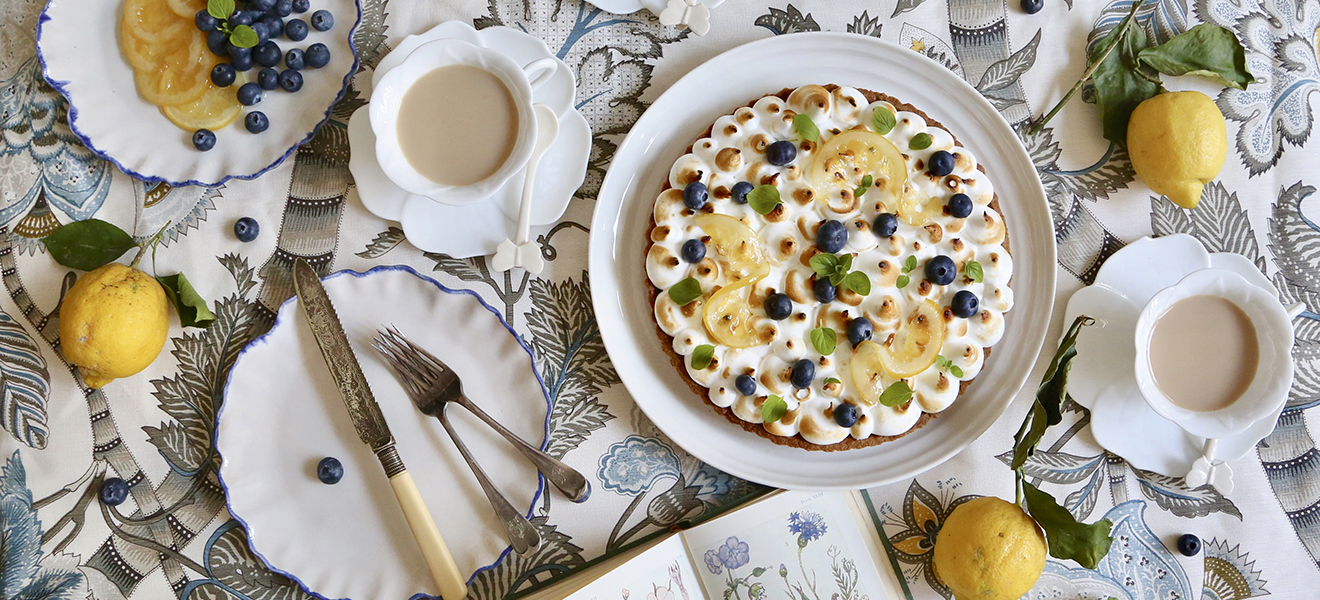 Recipe: Blueberry-and-lemon tart with Italian meringue and confit lemons
Recipe: Blueberry-and-lemon tart with Italian meringue and confit lemonsOur kitchen cook reveals a showstopper of a pudding, perfect for summer.
By Melanie Johnson Published
-
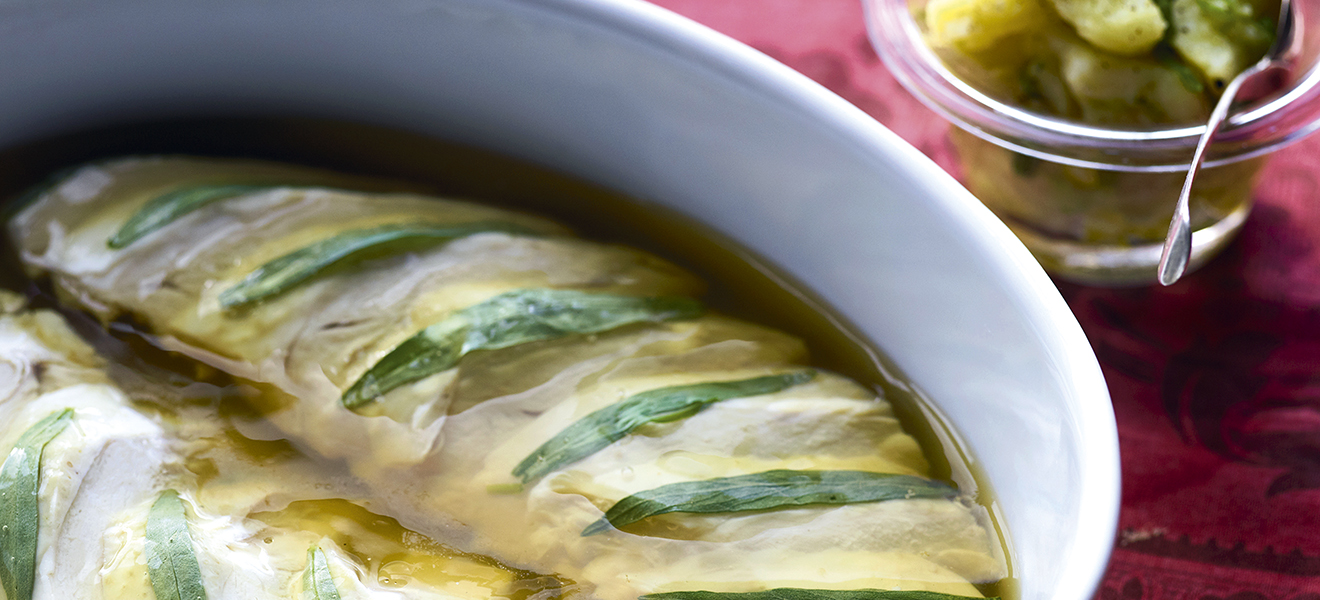 How to prepare a posh picnic
How to prepare a posh picnicA picnic spread should consist of delicate tarragon chicken, linen napkins and chilled rosé, rather than sandy sandwiches and boiled eggs.
By Simon Hopkinson Published